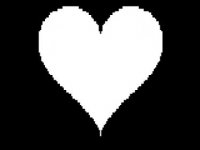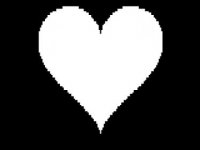gp2000
Experienced Member
An appropriate graphic for the day.
And for those that don't have a TRS-80 handy, here's a video:
Code:
10 CLS:PI=3.1415926:DEFINTX,I,J,K:DIMX(64),T(64),I(64 ),J(64)
20 T=0:GOSUB90:GOSUB80:T=1.46:GOSUB90:GOSUB80
30 I(S)=0:J(S)=1:GOSUB50
40 GOTO40
50 IFS<0RETURNELSEGOSUB60:GOTO50
60 I=I(S):J=J(S):S=S-1:IFX(I)+1=X(J)RETURN
70 T=(T(I)+T(J))/2:GOSUB100:D=X<>X(I):E=X<>X(J):IFDORETHENX(K)=X:T(K)=T:K=K+1
71 IFDTHENS=S+1:I(S)=I:J(S)=K-1
72 IFETHENS=S+1:I(S)=K-1:J(S)=J
80 GOSUB110:Y0=Y:T=PI-T:GOSUB110:Y1=Y:FORI=Y0TOY1:SET(64-X,I):SET(X+64,I):NEXT:RETURN
90 GOSUB100:X(K)=X:T(K)=T:K=K+1:RETURN
100 Q=SIN(T):X=16*Q*Q*Q*2.5:RETURN
110 Y=18-(13*COS(T)-5*COS(2*T)-2*COS(3*T)-COS(4*T))*1.4:RETURNAnd for those that don't have a TRS-80 handy, here's a video:
Last edited:


